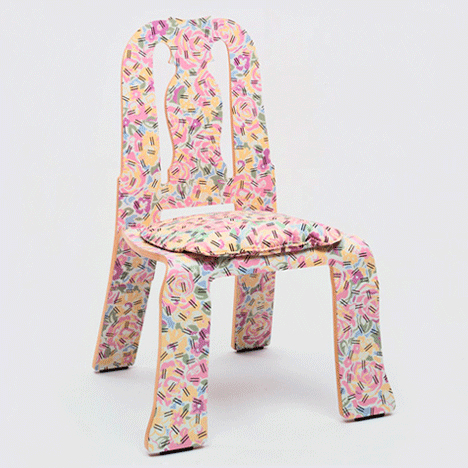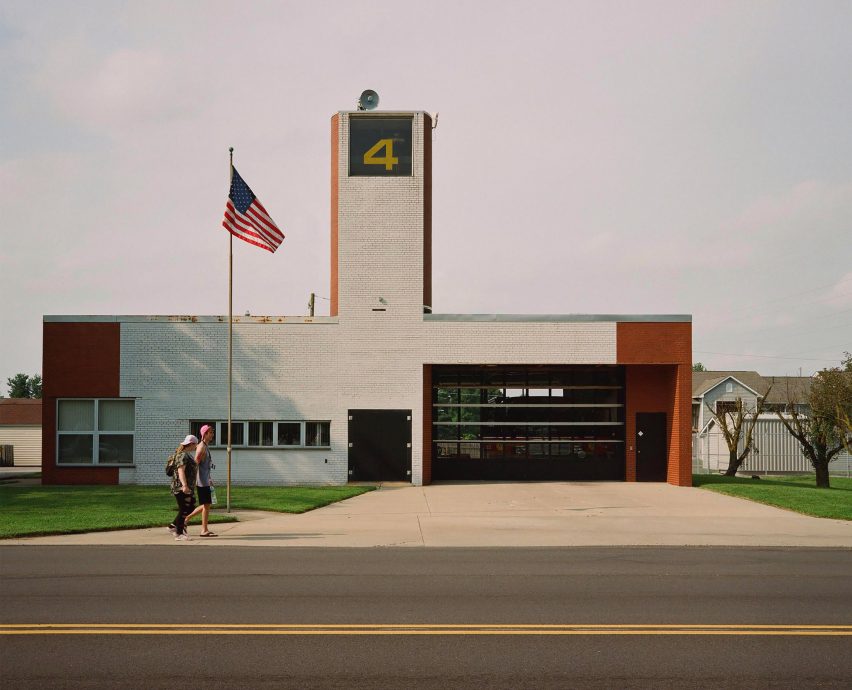Robert Venturi was an American Architect born in 1925, Philadelphia. He graduated from Princeton University in 1947, where he earned his Master of Fine Arts degree. He founded his own firm, Venturi (later to be called Venturi and Scott Brown & Associates). He always urged for more eclectic architecture, rejecting modernism. Instead, his work was focused on functionality, yet had some ornamental elements that give his work a postmodern feel.
His partner, Denise Scott Brown, is an architect, author, and educator. In fact, Venturi and Scott Brown met each other while teaching at the University Pennsylvania in 1960. Together, they defied modernism and its set ways, and created work that was playfully vernacular.”Less is a bore,” a phrase coined by these architects when designing chairs for Knoll, as seen below. There are historical elements, like Art Nouveau. They also wanted the chairs to be cheap and therefore easily accessible, so fabric and materials were relatively plain.


https://www.dezeen.com/2018/09/19/robert-venturi-best-postmodern-architecture-projects/
https://www.pritzkerprize.com/biography-robert-venturi
https://www.archdaily.com/769194/spotlight-robert-venturi-and-denise-scott-brown
